How To Make A Digital Camera Sensor ?
A digital camera sensor is a complex electronic device that captures light and converts it into digital signals. It is not something that can be easily made at home or by an individual. The manufacturing process of a camera sensor involves highly specialized equipment and techniques.
Camera sensors are typically made using semiconductor fabrication processes, similar to those used in the production of computer chips. These processes involve creating layers of different materials on a silicon wafer, which is then patterned and etched to form the sensor's structure.
The production of camera sensors requires cleanroom facilities with controlled environments to prevent contamination. Advanced lithography techniques are used to create the intricate patterns and structures on the sensor. Additionally, specialized materials such as silicon, metal oxides, and various photoactive compounds are used in the sensor's construction.
Overall, making a digital camera sensor is a highly complex and specialized process that requires advanced manufacturing capabilities and expertise. It is not something that can be easily replicated outside of professional manufacturing facilities.
1、 Sensor Design and Architecture
To make a digital camera sensor, several key steps are involved in the sensor design and architecture process.
1. Sensor Type Selection: The first step is to choose the type of sensor to be used. The two most common types are CCD (Charge-Coupled Device) and CMOS (Complementary Metal-Oxide-Semiconductor). CMOS sensors have gained popularity in recent years due to their lower power consumption and faster readout speeds.
2. Pixel Design: The next step is to design the individual pixels that make up the sensor. Each pixel consists of a photosensitive element that converts light into an electrical signal. The size and layout of the pixels determine the sensor's resolution and sensitivity.
3. Color Filter Array: To capture color information, a color filter array (CFA) is placed on top of the sensor. The most common CFA pattern is the Bayer pattern, which uses red, green, and blue filters in a specific arrangement. Other patterns, such as the X-Trans pattern used by Fujifilm, have also been developed to improve color accuracy.
4. Analog-to-Digital Conversion: The electrical signals generated by the pixels are analog in nature and need to be converted into digital data. An analog-to-digital converter (ADC) is used to sample and quantize the analog signals into digital values. The bit depth of the ADC determines the sensor's dynamic range and color depth.
5. Signal Processing: After the ADC, various signal processing techniques are applied to enhance the image quality. This includes noise reduction, color correction, and demosaicing (reconstructing full-color images from the CFA data).
6. Readout Circuitry: The final step is to design the readout circuitry, which transfers the digital image data from the sensor to the camera's image processor. This circuitry needs to be optimized for high-speed data transfer and low power consumption.
In recent years, sensor design has focused on improving low-light performance, increasing dynamic range, and reducing noise. Backside-illuminated (BSI) sensors have become popular, as they allow more light to reach the pixels by placing the wiring on the backside of the sensor. Additionally, advancements in sensor technology have led to the development of stacked sensors, where the pixel layer is separated from the circuitry layer, allowing for faster readout speeds and improved image quality.

2、 Photodiode Array and Pixel Structure
To make a digital camera sensor, one of the key components is the photodiode array and pixel structure. This structure is responsible for capturing light and converting it into electrical signals, which are then processed to create digital images.
The photodiode array consists of a grid of tiny light-sensitive diodes called photodiodes. Each photodiode acts as a pixel, which is the smallest unit of an image. When light hits a photodiode, it generates an electric current proportional to the intensity of the light. This current is then converted into a voltage signal.
The pixel structure surrounding the photodiode helps in controlling the amount of light that reaches the photodiode. It typically consists of a color filter array (CFA) and a micro-lens array. The CFA filters light into red, green, and blue components, allowing the sensor to capture color information. The micro-lens array helps focus the incoming light onto the photodiode, improving the sensor's sensitivity and reducing noise.
In recent years, there have been advancements in digital camera sensor technology. One notable development is the introduction of backside-illuminated (BSI) sensors. In traditional sensors, the wiring and circuitry are placed in front of the photodiode, partially blocking the incoming light. BSI sensors, on the other hand, have the wiring and circuitry placed behind the photodiode, allowing more light to reach the sensor. This results in improved low-light performance and higher image quality.
Additionally, there have been advancements in pixel size and density. Smaller pixels allow for higher resolution sensors, while larger pixels can capture more light and improve dynamic range. However, smaller pixels can also lead to increased noise levels, so finding the right balance between pixel size and density is crucial.
In conclusion, making a digital camera sensor involves designing and fabricating a photodiode array and pixel structure. Advancements in technology, such as BSI sensors and improvements in pixel size and density, continue to enhance the performance and image quality of digital cameras.

3、 Signal Processing and Analog-to-Digital Conversion
To make a digital camera sensor, several key components and processes are involved, including signal processing and analog-to-digital conversion. Here is a general overview of the steps involved in creating a digital camera sensor:
1. Sensor Design: The first step is to design the sensor itself. This involves determining the size, resolution, and pixel layout of the sensor. The sensor is typically made using semiconductor materials such as silicon.
2. Photodiode Array: The sensor consists of an array of photodiodes, which convert light into electrical signals. Each photodiode corresponds to a pixel on the sensor and captures the intensity of light falling on it.
3. Signal Processing: The electrical signals from the photodiodes are then processed to enhance image quality. This includes noise reduction, color correction, and other image enhancement techniques. Advanced signal processing algorithms are used to improve image quality and reduce noise.
4. Analog-to-Digital Conversion (ADC): The processed analog signals are then converted into digital form using an ADC. The ADC samples the analog signals and converts them into a digital representation, typically using a binary code.
5. Data Compression: To reduce the size of the image files, data compression techniques are applied. This helps in storing and transmitting the images more efficiently.
6. Output and Storage: The final digital image is then outputted and stored in a suitable format, such as JPEG or RAW. The image can be saved on a memory card or transferred to a computer or other storage devices.
It is important to note that the field of digital camera sensors is constantly evolving. New technologies and advancements are being made to improve sensor performance, such as the development of backside-illuminated (BSI) sensors, which improve low-light performance, and the use of stacked sensor designs, which allow for higher resolution and faster readout speeds.
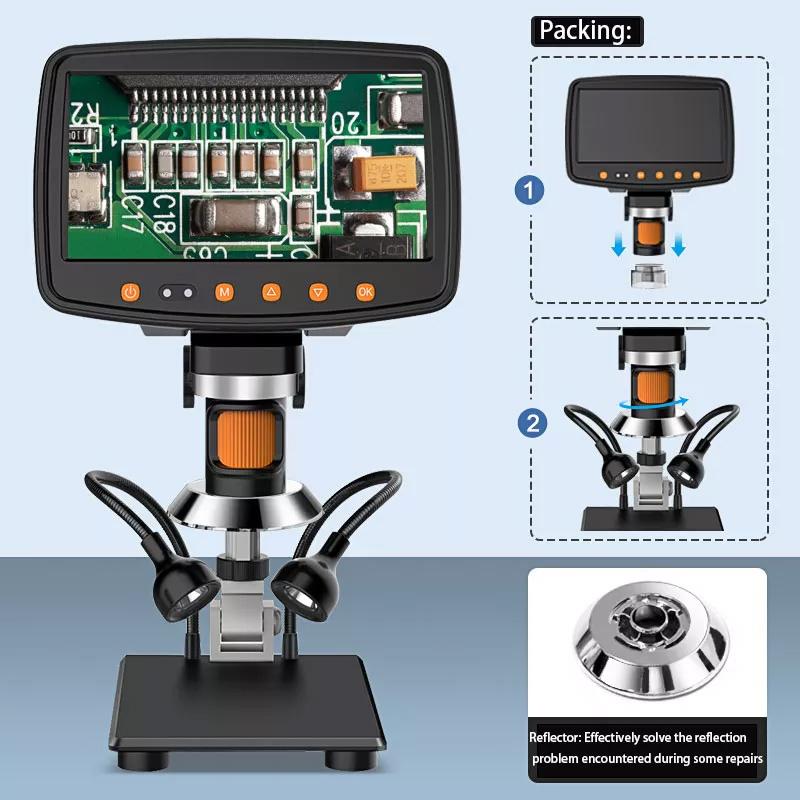
4、 Color Filter Array and Demosaicing Algorithms
To make a digital camera sensor, one of the key components is the Color Filter Array (CFA) and the associated Demosaicing Algorithms. The CFA is a pattern of color filters placed over the sensor's pixels to capture different colors of light. The most common CFA pattern is the Bayer filter, which consists of red, green, and blue filters arranged in a repeating pattern.
The process of capturing an image with a CFA involves each pixel on the sensor only capturing one color of light. This means that each pixel only records either red, green, or blue information. To obtain a full-color image, the missing color information needs to be interpolated or demosaiced.
Demosaicing algorithms are used to reconstruct the full-color image by estimating the missing color values for each pixel. These algorithms analyze the neighboring pixels' color information to determine the most likely color value for each pixel. There are various demosaicing algorithms available, such as bilinear interpolation, nearest-neighbor interpolation, and more advanced algorithms like adaptive homogeneity-directed demosaicing (AHDD) and edge-directed interpolation (EDI).
In recent years, there have been advancements in demosaicing algorithms to improve image quality and reduce artifacts. Machine learning techniques, such as deep learning, have been applied to demosaicing to enhance the accuracy of color estimation. These algorithms use large datasets to learn patterns and relationships between neighboring pixels, resulting in more accurate and visually pleasing color reproduction.
Additionally, manufacturers have been experimenting with alternative CFA patterns, such as the X-Trans pattern used by Fujifilm. These patterns aim to reduce color artifacts and improve image quality by distributing color filters in a more random arrangement.
In conclusion, the combination of a Color Filter Array and Demosaicing Algorithms is essential for capturing and reconstructing full-color images in digital camera sensors. Ongoing research and advancements in demosaicing algorithms continue to push the boundaries of image quality and color accuracy in digital photography.
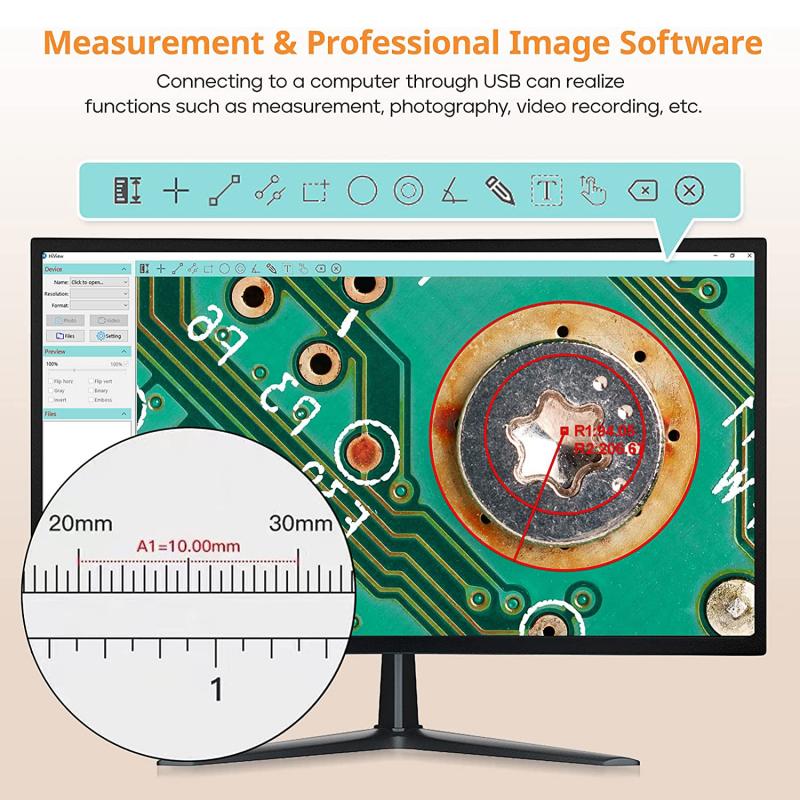







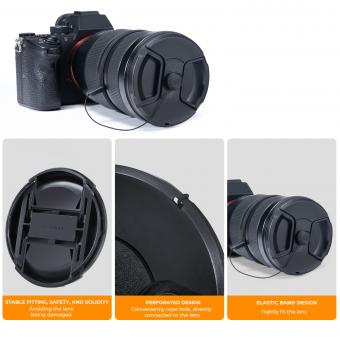



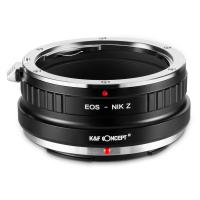


![4K Digital Camera for Photography & Video [Autofocus and Stabilisation] 48MP 16X Digital Zoom 3” 180° Flip Screen Vlog Camera with 32G SD Card, Flash Kentfaith 4K Digital Camera for Photography & Video [Autofocus and Stabilisation] 48MP 16X Digital Zoom 3” 180° Flip Screen Vlog Camera with 32G SD Card, Flash Kentfaith](https://img.kentfaith.de/cache/catalog/products/de/GW41.0065/GW41.0065-1-200x200.jpg)
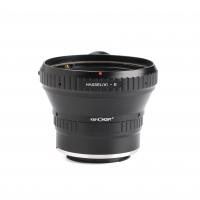





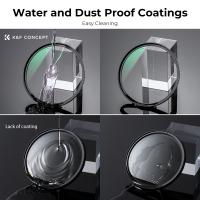


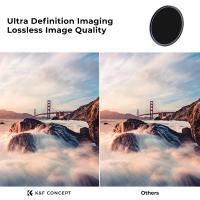
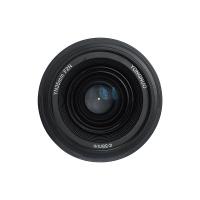
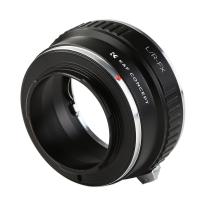


There are no comments for this blog.